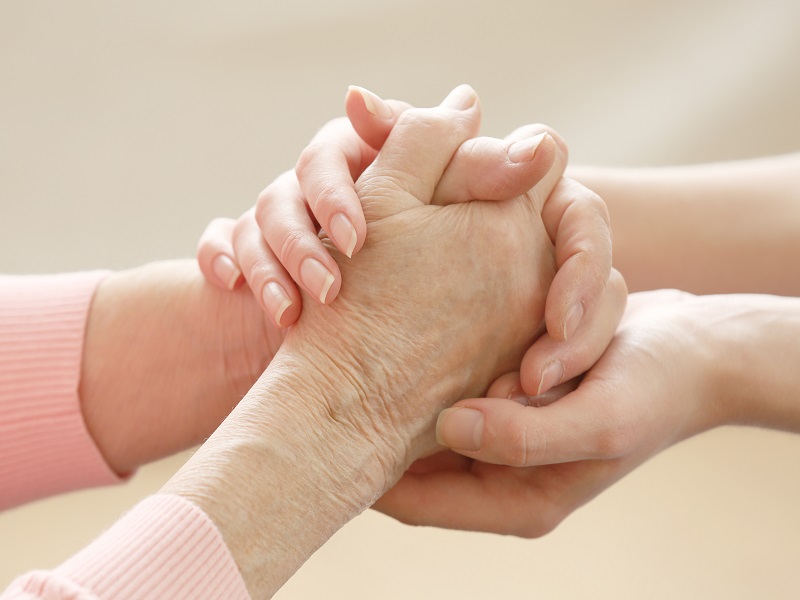
In 2018, 25 per cent of Canadians, or 7.8 million people, aged 15 and older provided care to a family member or friend with a long-term health condition, a physical or mental disability or problems related to aging, according to data published this week by Statistics Canada.
This compares to 8.1 million people, or 28 per cent of Canadians, when the data was previously published in 2012.
While the numbers are decreasing, the issue is that fewer caregivers are having to do more, says Audrey Miller, managing director of Elder Caring Inc. While the data showed 64 per cent of caregivers said they spent less than 10 hours a week on these responsibilities, 15 per cent spent 10 to 19 hours and 21 per cent spent 20 hours or more.
Read: Elder care costs Canadians $27B annually in lost income, vacation
Also, while the 2012 data found 35 per cent of Canadian caregivers are juggling work with their responsibilities, the latest data didn’t delve into this area. “I don’t know if that number has changed,” says Miller. “That information isn’t here. . . . Having said that, the information is going to be the same as it was in terms of absenteeism, presenteeism, challenges that mainly women have who are looking after parents. That continues to be the bulk of the carers.”
Indeed, the latest data found half (47 per cent) of all caregivers reported caring primarily for their parents or parents-in-law in 2018, while about 13 per cent reported providing care to their spouse or partner and eight per cent said they provided care to their child with a long-term health condition, or a physical or mental disability.
“Providing care to children can be a challenge, given that children often require more intense care, but also because many caregiving parents are active in the labour market,” noted Statistics Canada. “Despite the often competing demands of care and working in a paid job, the parents who provided care for their child typically spent just over 14 hours on caregiving activities per week.”
Read: How to support working caregivers
In 2018, about 70 per cent of caregivers said they received some kind of support or assistance for their caregiving duties. The most common source of social support was when the caregiver’s spouse or partner modified their life or work arrangements to help (45 per cent).
However, many caregivers don’t receive the social or financial support and assistance they require. In 2018, about one-third of caregivers said that there was another kind of support that they would have liked to have received in the previous year. These included financial support, government assistance, and tax credits (68 per cent); home care or support (40 per cent); information or advice (39 per cent); and help from medical professionals (36 per cent).
Since December 2017, when the federal government made changes to employment insurance benefits aimed at helping caregivers, it has received an increasing number of claims for the benefits. In 2018, it said it expected to receive about 22,000 claims for caregiving benefits by fall 2019.
“There’s more financial support and there’s more talk [from the provinces] about caregiver benefits and allowances,” says Miller.
Read: More than 8,000 caregiving EI benefits claims since Dec. 2017: Feds
But employers also have a role to play in terms of the information and advice required by caregivers. “There’s a lot out there,” says Miller. “People don’t know how to access things. People don’t know how to navigate the system. . . . The insufficient supports lead to poor mental health, caregiver burnout and high, high stress. It’s very hard to function on the job when you’re worried about other things.”
So what can employers do? “I think being aware is No. 1 — not having your head buried in the sand,” says Miller. “Being able to offer some lunch and learn services that aren’t going to cost the employer big dollars. . . . We’re not going to resolve issues, but we’re going to be able to provide answers.”
In addition to services from human resources and an employee assistance program, many employers and employees may not be aware that their extended health benefits also offer an option. “Registered social workers visits are frequently covered,” says Miller. “The consultation . . . isn’t going to break the bank, but when people know they can submit [the claim] because, even though we’re talking about their parent, I’m consulting to you, adult employee, as you’re having the issue.”
Read: How does Hawaii’s caregiver program compare to Canada’s EI benefit?
